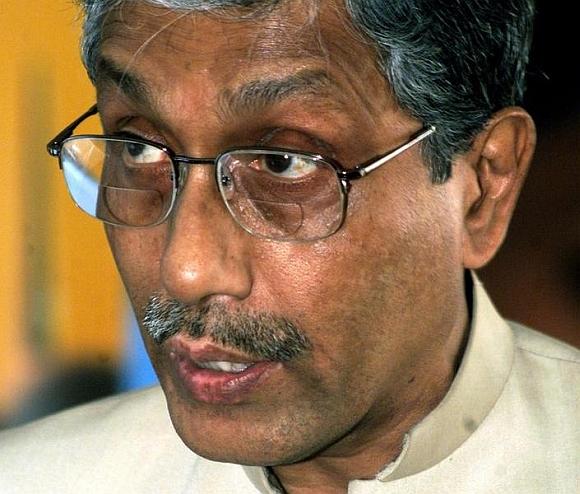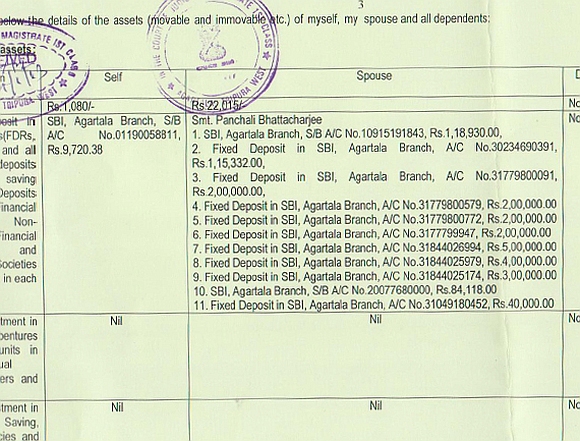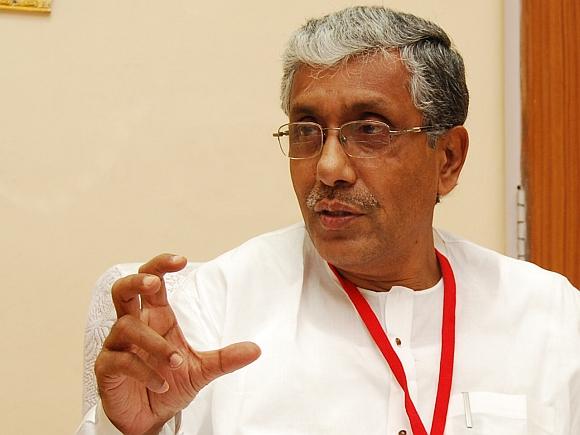 A new tourist attraction has emerged in Arunachal in the form of a giant 100 year old rubber tree.
A new tourist attraction has emerged in Arunachal in the form of a giant 100 year old rubber tree.
The Forest department declared the tree as the largest tree in the state. Locally known as "Atang Ane", the rubber tree with a girth of 59.3 metres was located near the remote Kallek Village in East Siang district's Kebang circle under Yingkiong Forest Division.
The tree is situated in the sub-tropical forest range at 28 degrees north latitude and 95 degrees east longitude. Its elevation is measured up to 648 metres. To add to the tourism potential of the state a plan was mooted by Governor JJ Singh under which the largest tree in the state was identified.
According to State Forest Research Institute scientist R K Taj, "Such trees are traditionally important for religious purpose also. The plant is also important in decorating avenues and lawns." One can visit the tree after a three-hour trek from the nearest motorable road.
"The tree was planted in the early part of the 20th century, much before the Anglo-Abor War of 1911, by villager Sibeng Tamuk," Kallek head Tamang Tamuk said.
The tree was planted to obtain rubber from it during the time of practicing jhum cultivation in the area and it is believed that the sapling of the tree might have been brought from nearby Myanmar by him.
The tree may grow still larger in the coming days as it grows vertically, Tagom Darang, a villager, said. "If proper care is taken and the state government constructs a porter track from Kallek to the spot where the tree is located, the site will become one of the hotspots for tourists in the state," said Tajir Tamuk of Kallek village. Tamuk also stated that an ancient bat cave is situated just nearby the giant tree and if it is explored, it too would become a favourite tourist destination.
The Governor had last month awarded Rs 15,000 to Takom Tamuk, a resident of the village, and Rs 10,000 to Rai Yayer, another villager, for locating the second largest tree a banyan tree with a girth of 17 metres at Kankar Nallah near Nirjuli under Banderdewa forest division in Papum Pare district.








 Tripura
Chief Minister Manik Sarkar can arguably be dubbed 'the cleanest and
poorest' chief minister in the country with personal property, movable
and immovable, valued at less than Rs 2.5 lakh.
Tripura
Chief Minister Manik Sarkar can arguably be dubbed 'the cleanest and
poorest' chief minister in the country with personal property, movable
and immovable, valued at less than Rs 2.5 lakh.

 Kolkata, Feb 5 : After winning the tiara as the Femina Miss India
(East), Darjeeling girl Sagarika Chhetri said she wanted to make the
youth of her home town, and the North East in general, proud.
Kolkata, Feb 5 : After winning the tiara as the Femina Miss India
(East), Darjeeling girl Sagarika Chhetri said she wanted to make the
youth of her home town, and the North East in general, proud.



